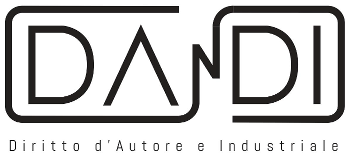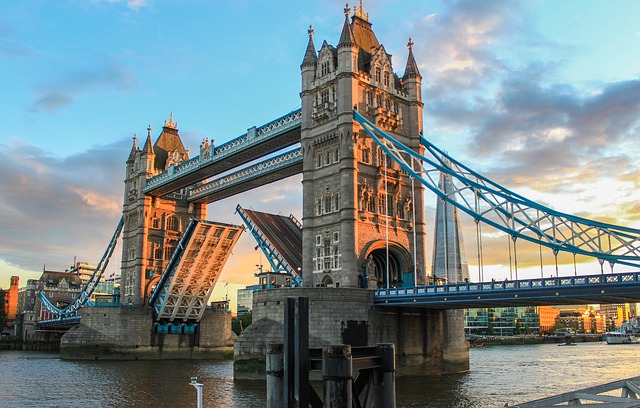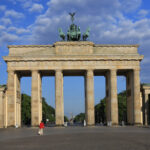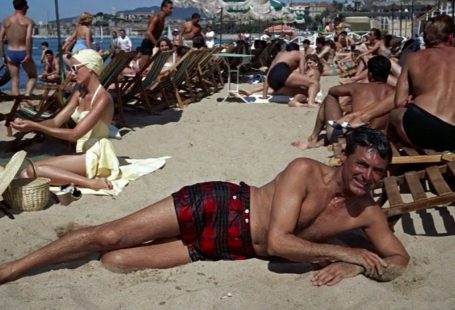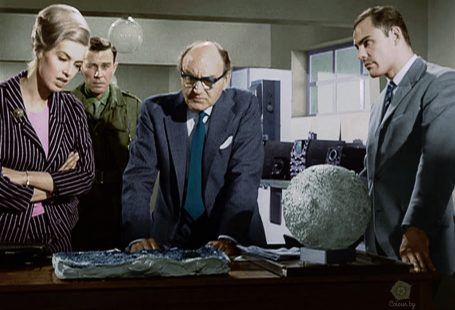Freedom Panorama UK (by Domenico Piero Muscillo).
In UK, as like in Germany freedom of panorama is admitted.
Copyright, Designs and Patents Act 1988 is the most important legal act related to this issue.
Article 62 permits the creation of graphic representations, photographs or films regarding some works protected by copyright. In particular it permits to take photos of buildings, sculptures, models of buildings and artisan works, without violating copyright. These photos could be published. The abovementioned Article 62 in order to be applied in these cases, it is necessary that these works are permanently exposed in public spaces or in open spaces which are accessible to public.
It is very important to highlight the particularity, inside the English Copyright Law, that artisan works are defined separately from graphic works. The latter are defined in article 4. Liberty provided in Article 62 is not applied to graphic works, even if they are exposed permanently in open spaces.
The inclusion of an artisan work in the Copyright Law has been demonstrated to be quite difficult. This Law does not define the elements which the artisan work is made of. Case law fills this gap. Courts have not thought about guide lines in order to understand what is the definition of “artisan works”, however one of the most important texts concerning copyright “Copinger and Skone James” suggests the idea that in order to be considered as artistic, the author should be an artisan. Proofs of author’s intention are relevant, and according to the House of Lords, in the case George Hensher Ltd. v. Restawhile Upholstery (Lancs.) Ltd., assumes relevance and importance, even though it is not a fundamental consideration the circumstance if the author has created purposely the art work.
It is not necessary for the opera to be considered “fine art”. Speaking of the same case, Lord Simon has expressed his opinion concerning the features of artisan works which are protected by Copyright Law.
The practical effect of Freedom of Panorama in Great Britain and in other Countries which adopt similar laws, is the fact that it is generally accepted the idea that is possible to upload on the Internet, not only photos depicting public buildings and sculptures, but also artisan works exposed in museums, art galleries and art exhibitions which are accessible to public. According to Copinger and Skone James, “The expression open to public supposedly extends this section to places where public is accessible only with a license or paying.”Again, this definition is a broad definition of “public space”, which is the definition adopted in most Countries.
Dandi Law Firm provides legal assistance in several Practice Areas. Check out our Services or contact Us!
